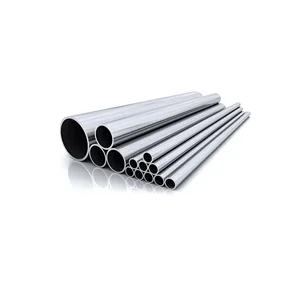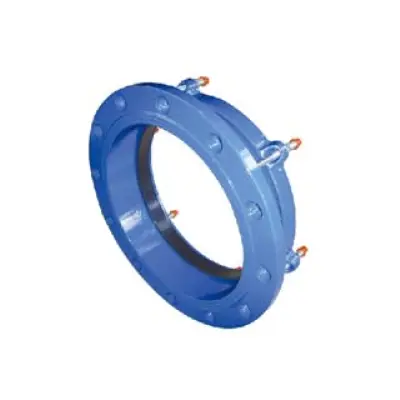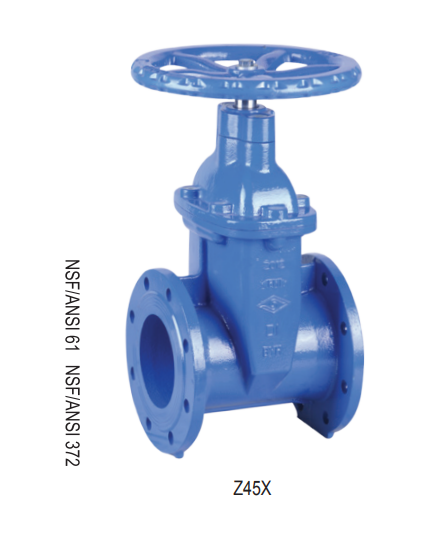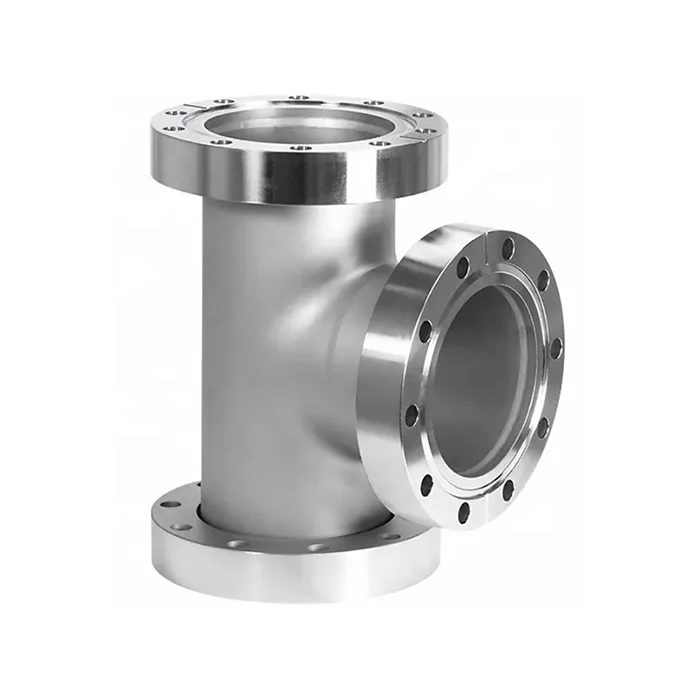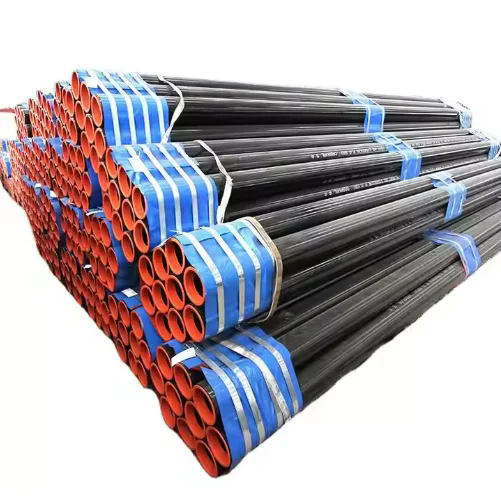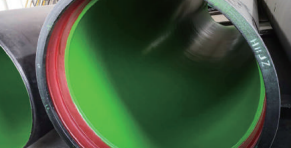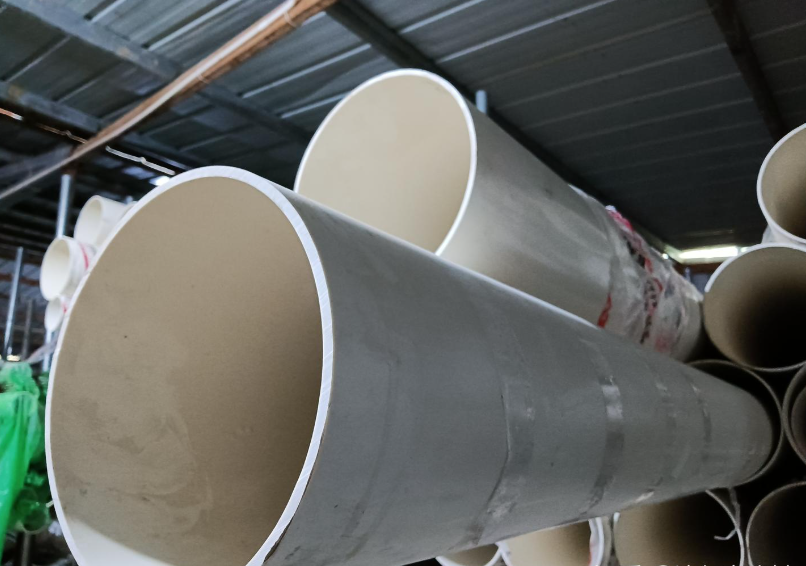Email Us
Globle valve :One lift, flow stops;Zero drag, full go.
The Globe Valve, also known as a stop valve or isolation valve, is an extremely common and widely used type of valve. Its core function is to open or shut off a fluid passage by the linear (up-and-down) movement of a disc (the closing element) along the centerline of the seat (sealing surface). The name "Globe Valve" very intuitively reflects its primary purpose – to completely shut off or connect fluid flow, rather than primarily for flow regulation (although some designs allow a certain degree of regulation).
1. Main Structural Components:
Body: The outer shell containing the fluid passages and the seat. The body shape (typically spherical or "Y" pattern) determines flow direction and resistance. Inlet and outlet ports are usually in-line (straight pattern) or at an angle (angle pattern).
Bonnet: Connects to the body, forming an enclosed chamber housing the stem and other components. Typically bolted to the body with a gasket seal.
Disc (Plug): The critical closing element. Its bottom features a sealing surface (flat, conical, or spherical) precisely matching the seat. The disc is moved by the stem.
Seat: A ring-shaped sealing surface fixed within the body passage. When the disc lowers, its sealing surface makes tight contact with the seat surface to form a seal.
Stem: The rod connecting the disc to the operating mechanism (handwheel, actuator). Rotating the handwheel causes the stem to move linearly (typically via a rising stem screw mechanism), lifting or lowering the disc.
Handwheel (or Actuator): For manual operation, rotating the handwheel drives the stem. Can also be connected to electric, pneumatic, or hydraulic actuators for automated operation.
Stuffing Box: Located within the bonnet, surrounding the stem. Filled with flexible packing material (e.g., graphite, PTFE) and compressed by a gland to prevent fluid leakage along the stem.
Stem Nut / Yoke: For rising stem globe valves, the handwheel is attached to a stem nut mounted on a yoke. Rotating the handwheel turns the stem nut, driving the threaded stem up or down.
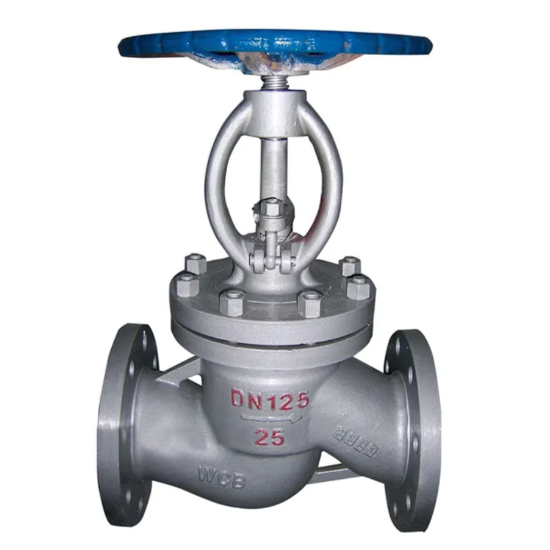
2. Working Principle (Core):
Opening Process: Rotate the handwheel counterclockwise. The stem nut turns, causing the stem to move upward. The stem lifts the disc away from the seat. As the disc rises, the flow area between the disc and seat gradually increases, allowing fluid to flow through the valve below (or above, depending on design) the seat.
Closing Process: Rotate the handwheel clockwise. The stem nut turns, driving the stem downward. The stem pushes the disc down until its sealing surface presses tightly against the seat sealing surface. Applying sufficient force creates a mechanical seal between the two precisely mated surfaces, preventing fluid passage.
Key Point: The opening and closing of a globe valve is achieved through the linear displacement (lifting/lowering) of the disc. Sealing relies on the perpendicular compressive force applied by the disc onto the seat.
3.Flow Direction Design
Flow Under the Disc (Standard Flow - Flow-to-Close): This is the most common design. Fluid enters below the disc and exits above it.
Advantages: In the closed position, fluid pressure acts underneath the disc, helping to force it tighter against the seat, enhancing the seal. Opening the valve requires relatively less operating force (fluid pressure assists in lifting the disc).
Disadvntages: The flow path is tortuous ("S" shaped), resulting in high flow resistance. The cavity below the seat can trap sediment.
Flow Over the Disc (Reverse Flow - Flow-to-Open): Fluid enters above the disc and exits below it.
Advantages: The stem and stuffing box are not exposed to system pressure in the valve cavity (pressure is above the disc), potentially extending packing life. Less prone to sediment buildup below the seat.
Disadvantages: When closing, fluid pressure acts above the disc, trying to lift it off the seat, hindering sealing. Opening requires overcoming fluid pressure, requiring greater operating force. Typically used only for specific applications (e.g., drain valves, special service).
Flow direction is usually indicated by an arrow on the valve body. Installation MUST strictly follow this direction!
4.Main Characteristics:
Advantages:
Excellent Shutoff: Large contact area between disc and seat sealing surfaces, precisely lapped, strong mechanical seal when closed, low leakage (can achieve ANSI Class VI), ideal for applications requiring tight shutoff.
Easy Maintenance: Disc and seat are relatively easy to repair or replace (valves are often repairable). Some designs allow in-line maintenance.
Short Stroke: The disc travel from full open to full closed is relatively short (typically ~1/4 of seat bore diameter), leading to moderate opening/closing times.
Moderate Throttling Capability: While not as good as dedicated control valves (e.g., V-port ball, eccentric plug), globe valves can be used for flow regulation by changing the disc position, especially near the closed position where control precision is better. Erosion during throttling is less severe than in gate valves.
Versatile Application: Suitable for various fluids including steam, water, oil, gas, and corrosive media (with appropriate material/seal selection).
Disadvantages:
High Pressure Drop: Tortuous "S" shaped flow path causes significant pressure loss, leading to higher energy consumption. Not suitable for low-resistance requirements.
High Operating Torque: Opening and closing (especially near the end of closing stroke) requires overcoming fluid pressure and sealing surface friction, resulting in high torque (especially for large sizes/high pressures), often requiring gear operators.
Relatively Slow Operation: Although the disc stroke is short, the multi-turn handwheel operation makes it slower than quarter-turn valves (ball, butterfly).
Flow Direction Critical: Installation direction MUST strictly follow the flow arrow (usually flow-under-disc). Incorrect installation severely impacts sealing and operating force.
Cavity Traps Fluid: For horizontally installed flow-under-disc valves, the lower body cavity can trap fluid, risking freezing in cold environments or causing operational issues with certain media.
5.Typical Applications:
Piping systems requiring reliable isolation and tight shutoff (e.g., boiler feedwater, steam systems, chemical processes).
Applications needing some flow regulation capability (e.g., cooling water, auxiliary lines).
High-pressure systems (structure handles pressure well).
Situations with strict external leakage requirements (packing seal is reliable and can be adjusted/replaced online).
Very common in small bore piping (DN50 / NPS 2 and below).
6.Globe Valve Working Principle
Core Action: Vertical linear movement (lifting/lowering) of the disc.
Opening Principle: Rotate handwheel (or actuator moves) → Stem moves UP → Disc lifts OFF seat → Flow passage opens → Fluid flows.
Closing Principle: Rotate handwheel (or actuator moves) → Stem moves DOWN → Disc presses AGAINST seat → Sealing surfaces make tight contact → Flow passage is mechanically shut off.
Sealing Principle: Relies on the downward force applied by the stem to create sufficient compressive force between the disc sealing surface and the seat sealing surface, forming a metal-to-metal or metal-to-soft contact seal.
Flow Direction Impact: Under standard flow (flow-under-disc), fluid pressure assists sealing during closing. Under reverse flow (flow-over-disc), fluid pressure hinders sealing and increases opening force.
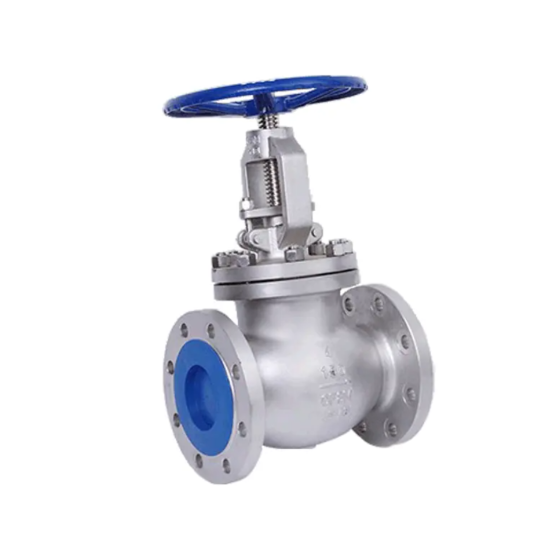
SHANDONG EPOCH EQUIPMENT CO., LTD. is a large-scale professional manufacturer in Shandong Province of China, adheres to the orientation of science and technology, environmental protection, quality and efficiency. At present, it has grown into a trans-regional and multi-industrial enterprise integrating such wide industries as design, development, production and export. Visit our website at https://www.epochpipeline.com/ to learn more about our products. For inquiries, you can reach us at sdepochwater@hotmail.com.
- Why Is Ductile Iron Pipe Still the Safe Choice for Long-Life Water Networks?
- Which Pipeline Installation Machines and Tools Help Me Deliver Faster, Safer, and More Profitable Projects?
- Key points for quality inspection of ductile iron pipes
- Why do Carbon Steel Pipes keep winning tough industrial projects?
- What are the connection methods for ductile iron pipes?
- The Origin of the Butterfly Valve's Name
About Us
Contact Us
No. 112, Jiefang Road, Lixia District, Jinan City, Shandong Province, China
Copyright © 2025 Shandong Epoch Equipment Co., Ltd. All Rights Reserved.




